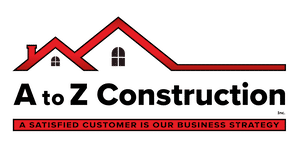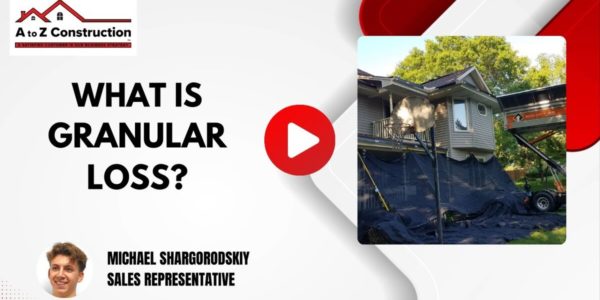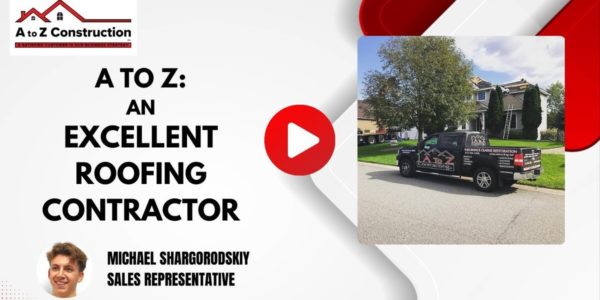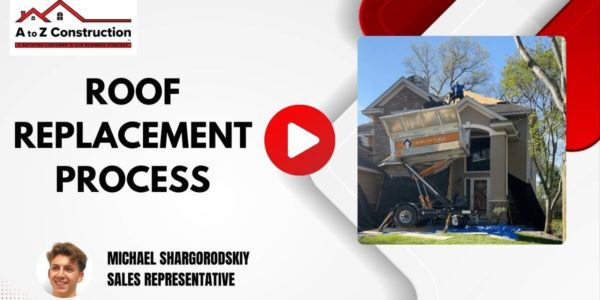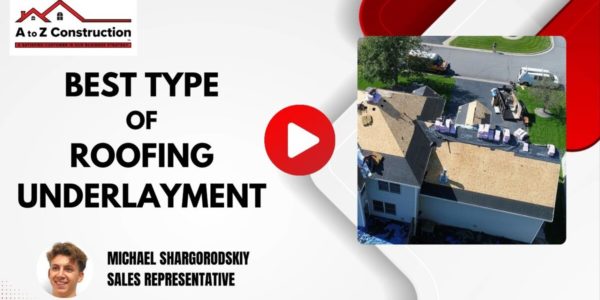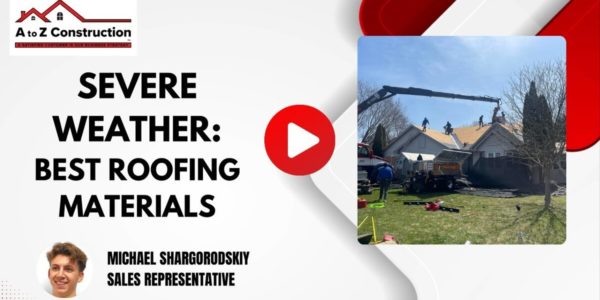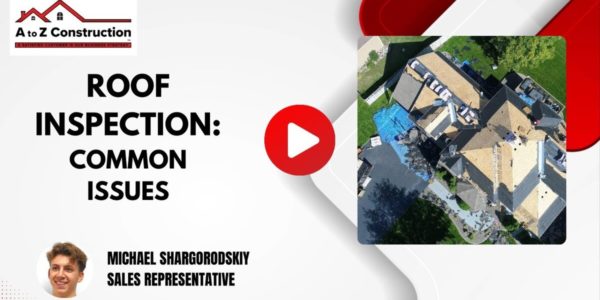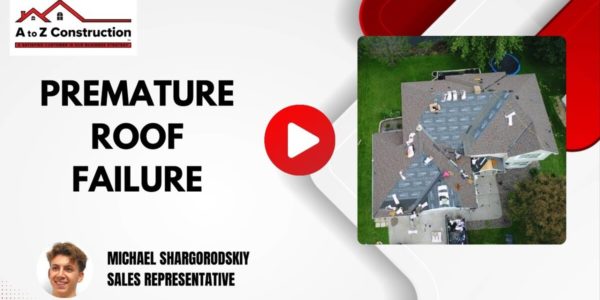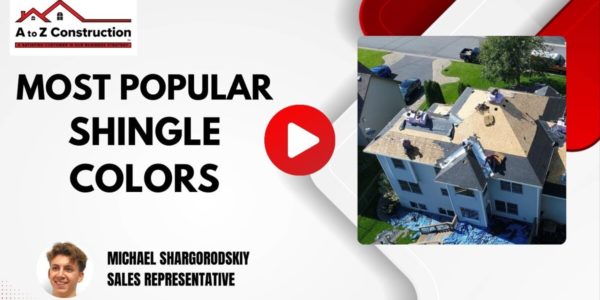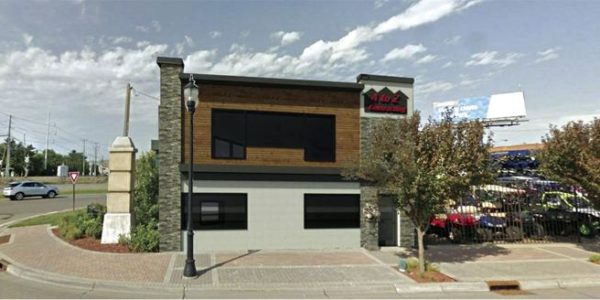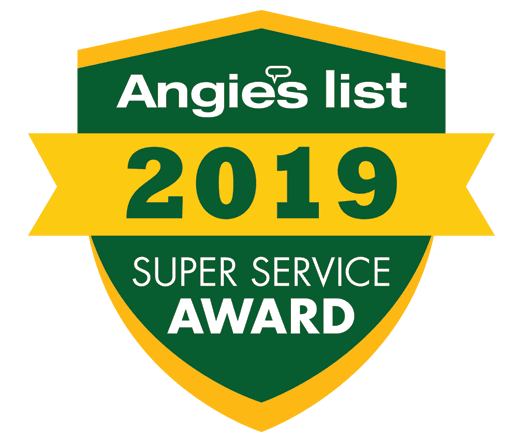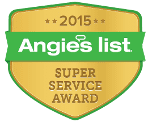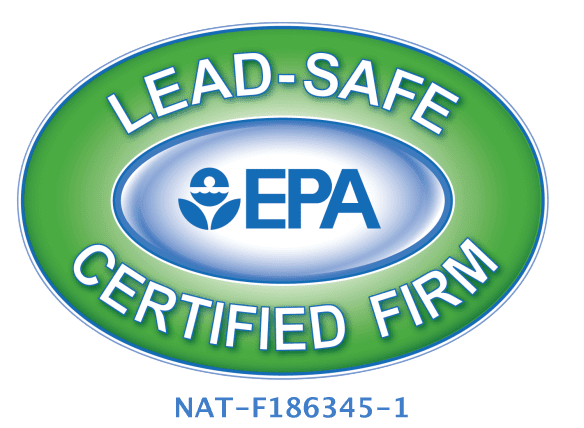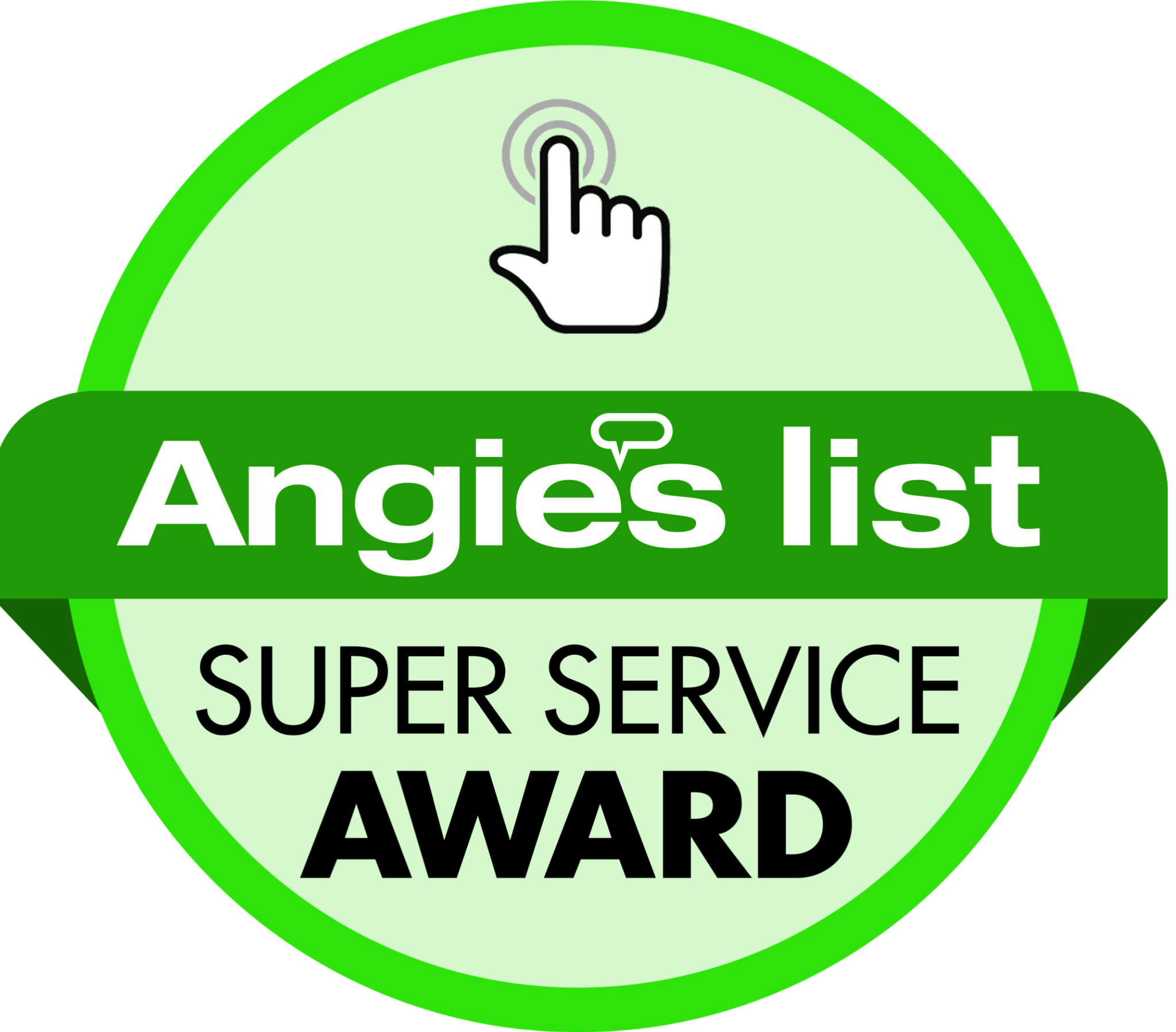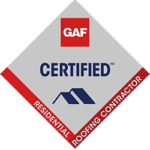MORE INFO
Who do I contact for insurance?
Do you need to contact your insurance company? Find your insurance company’s number listed below:
- State Farm 1-877-485-6943
- American Family 1-888-26-0394
- Allstate 1-800-255-7828
- Farmers 1-855-287-2149
- Farmers Mutual 1-402-434-8300
- Allied 1-800-532-1436
- Shelter 1-800-743-5837
- Safeco 1-800-332-3226
- Liberty Mutual 1-888-398-8924
- Nationwide 1-877-669-6877
- Buckeye 1-937-778-5000
- Auto Owners Insurance 1-517-323-1200
- EMC Insurance 1-800-447-2295
- Progressive Home Insurance 1-800-776-4737
- Farm Bureau 1-866-399-3237
- Travelers 1-800-252-4633
Do you work with insurance?
Yes, we work with insurance. We specialize in insurance claim restoration projects and work with all insurance companies to make your home looking new again.
Do you accept credit cards?
Yes, we accept credit cards. You will be charged a 3.5% service fee when paying with a credit card. You may also pay with or check for no additional charge.
Do I need to prepare my home before construction begins?
Yes, you should prep your home. Please remove pictures off of the walls and any make sure all precious items are safely stored away. Please keep in mind that debris will fall around the property and potentially onto your neighbor’s property. Informing your neighbors of your upcoming project is advised. All debris will be cleaned upon completion of your project.
When will my roof be built and how long will it take?
Your roofing project start-date will depend on project approval and weather. We will call and/or email you regarding your project start-date 2-3 days before the project begins. We do not complete roofing projects during the winter.
Roofing projects typically take 1-2 days to complete. Anything under 3,000 square feet will be completed in 1 day. Longer turn around occur when the roof is very large or steep.
Is it safe to roof in colder temperatures?
Are your crews legally registered and insured?
Yes, all of our crews are well trained. We have dedicated crews for each type of service who know the unique challenges and expectations of each type of service.
What is the lifespan of your shingles?
Shingles can last anywhere from 40 years and more. As Owens Corning Preferred Contractors, we are able to offer homeowners a wide variety of superior products. Browse through our selection of Owens Corning roofing shingles here.
Questions about the insurance claim process? The following is information from the Minnesota Department of Commerce to help consumers with the insurance claim process.
Start the claims process by notifying your insurance agent or company as soon as possible. Ensure that you have your policy information ready when you make the call.
Mitigate damage by making small repairs yourself. For instance, if your windows are broken, board them up. If your roof is leaking, secure a tarp over it. Reimbursement for materials can be made if you keep receipts. Once your insurance company has performed an inspection you can make permanent repairs.
Record all damage. Videos and photographs are ideal for recording damage. If you have suffered loss or damage to your personal belongings, make a detailed list of everything affected and share this with your adjuster. Only discard damaged property after the inspection.
Keep receipts for any living expenses if you need to relocate due to damage. Your insurance company or agent will let you know if your policy covers living expenses. Many policies may provide costs for temporary lodging and meals as a percentage of the insured value of your home.
Work with the adjuster from your insurance company. The adjuster is responsible for assessing the damage. You will not be asked to pay for the adjuster as this cost is covered by the insurer.
Get a proof-of-loss form from the adjuster. This form is important for filing the claim with your insurance company, which should be done as soon as possible. When the insurer agrees to the number of damages, you will receive your payment.
Removal of fallen trees is generally only covered by your homeowner’s insurance if it caused damaged to your house or property. This coverage may have a limit.
Auto insurance may cover storm damage to your vehicle. These events are typically only covered when you choose “Other than Collision” or “Comprehensive” insurance policies. Such events may include hail damage or damage from a fallen tree. Call your insurance agent or check your “Minnesota Insurance Identification Card” for more information.
For any complaints regarding your insurance claim, or if you cannot reach a resolution, call the Commerce Department.
You will have many questions should you suffer a loss, so below you will find detailed information that will help you before you file a claim.
Do I have coverage? The first thing you will want to know is if you are covered, and unfortunately, the answer is different for everyone. No two homeowner’s policies are created the same, so the types of coverage you will have will differ to others. The first step is understanding what is covered and to what level. Contact your insurance company as soon as possible if you cannot find your policy. Any urgent questions or concerns can be answered by your insurance agent very quickly. Typically, your standard homeowner’s policy will cover most of the damage, though you may need to pay a deductible. Coverage provides financial support for replacement costs to affected areas of your home, as well as upgrades required by local regulations to bring your property up to code. Personal property must be specifically listed in your policy in order to be covered, and there are likely restrictions or certain requirements for obtaining reimbursements. If you need to relocate due to safety concerns caused by damage, reasonable expenses such as accommodations and necessities are usually covered subject to the limits of your policy. This coverage does not include your usual monthly expenses such as utility bills. Debris removal is typically covered in most contracts and is provided as an addition to the restriction to your policy limit that is applied to damage repair of your garage or home. To understand the specifics of your policy, speak to your insurance agent or company.
What to expect from the process? The repair and restoration process are extremely variable and highly depends on how extensive the damage is. Each event will require extensive assessment and repair, and often, this process is not a quick one, no matter how urgent it is. Claims must be handled in a specific and responsive way, and there are timeframes that dictate how quickly a claim must be addressed. For instance, some laws allow a company 60 days to respond, but often, the process will happen sooner than that. Most of your concerns and claims will have an initial response within two days, and some insurance companies have adjusters issue reimbursements in advance so that your living expenses and essential property are covered. It is important that you ask your insurance company if these types of programs are available to you so that you can be comfortable while the process is happening. Problems can arise throughout the process and you can avoid delays by working closely with your adjuster or insurance company. It is essential that you ensure that your contractors are licensed by the Minnesota Department of Labor and Industry, as required by law. In order to protect yourself during the repairs process, ensure that all proposals are made in writing and that they include details about the contract including their name, address, phone number and, most importantly, license number. Keep the proposals safe to assist you in your claim.
Read and understand your policy, remembering:
- Policy provisions and coverages, rather than law, are what dictate your coverages for property and casualty insurance.
- Policies do not cover everything and are limited by provisions, exclusions and deductibles.
- Personal property, including machinery, must be added and endorsed as a schedule to your policy in order to be covered.
Any questions about your policy and coverages should be addressed with your insurance company or agent. The Consumer Response Team Minnesota Department of Commerce is there to assist you with your insurance company and can be reached at 651-539-1600 or 1-800-657-3602 from within MN but outside the metro area. You can also reach them at consumer.protection@state.mn.us
Questions regarding laws that pertain to industries that are regulated by the Department of Commerce can be addressed by the Consumer Response Team (CRT). If you are dealing with an industry practitioner, you can use this service to check the status of their license. Any disputes with licensees will be addressed by the CRT in an informal manner, but if it cannot be resolved, a formal investigation will be opened once you send a letter with all of the relevant information.
For issues and complaints that cannot be resolved with your insurance company or agent, you can write to Minnesota Department of Commerce Consumer Protection & Education Division, 85 Seventh Place East, St. Paul, MN, 55101. This department is responsible for investigating written complaints against all licensees. These processes determine whether violations of Minnesota rules or statutes have occurred. If so, sanctions that are administrative in nature, such as fines or license revocations, may be taken. Here, the department works to secure refunds for those who have been affected by misconduct by licensees.
To file a complaint:
- In your own words, write about the details of your dispute.
- Include all details including policy and claim numbers, dates and what was said.
- Include copies of all relevant documentation.
- Include your details, including your address and phone number.
What to expect from your insurance company when you have a claim to file:
- They will let you know what benefits are available to you for the policy that you are claiming under
- They will tell you the provisions that affect whether you will receive a full or partial payment, or if a payment will be denied
- Inform the claimant of any laws or contract provisions concerning time deadlines which must be met during the negotiation process
- Acknowledge within 10 business days that you have filed a claim
- Provide an expected date of completion for the investigation
- Resolve your claim (accept or deny) within 60 business days once you have filed all information and proof
- Provide all forms that are required for you to file your claim within 10 days of your notification of claim
- Respond within 10 days of receiving notice of claim
- Provide information on coverages or benefits that you may be eligible for under the provisions of your policy
- Issue your settlement within 5 business days once the settlement agreement has been executed
- Advise you of the time limitations that may affect your claim at least 60 days before your rights expire under the statute of limitations
Things your insurance company or agent cannot do when you file a claim:
- Delay the processing of your claim or refuse to settle if you hire a private adjustor or attorney for representation
- Demand any information that is irrelevant to your claim
- Remit any payments, either partial or full, without an explanation that identifies that settlement items and payment
- Induce you to settle your claim by threatening to not renew, rescind or cancel your policy
- Unnecessarily depreciate value of your property for reasons other than use, age or obsolescence
- Use language on checks that implies that you accept the check as a final settlement
- Apply contingencies on your settlement based on your agreement to settle another claim
- Deny any claim:
- Without making a reasonable effort to investigate the claim
- Because a request for denial has been made by the insured
- Because a claim has not been officially reported, unless an independent investigation has been made and determined that there is no liability
- Or any portion of a claim unless the insured has been informed of the policy or exclusion reasons for denial
- Determine value using only a “blue book.” Reasonable value or costs associated with replacement within the claimant’s or insured’s local market area are required for reimbursements.
- Make decisions or assignments of comparative negligence on arbitrary grounds. These assignments require evidence and documentation in order to be supported.
Fines of up to $10,000 per violation can be imposed by the Minnesota Department of Commerce and Cease and Desist Orders will prevent future violations.
Why are my shingles curling?
STORM PROCESS
STORM PROCESS
- Initiate the claim.
- Notify us when your field adjustment is scheduled with the insurance company.
- Review the estimate provided by the insurance company.
- Choose your products and colors.
- Enjoy your newly repaired property.
Are you wondering how, when and why to start an insurance claim? Are you worried that if an insurance claim is filed, or opened, the premium will increase? At A to Z, we keep our customers informed and answer all questions, as we understand the insurance claim process can not only be a hassle but can also be quite confusing. That’s why we help as much as possible.
-
- We negotiate with insurance companies for a fair settlement with accurate pricing.
- We process insurance checks that need mortgage company endorsements.
- We invoice for final payment from insurance companies.
To get the insurance claim process started, we are happy to give you a free roof inspection for any damage that may have occurred. The first step is to fill out our Free Inspection Form, and an expert from A to Z will come out and offer a professional opinion. This helps to avoid filing an unnecessary claim. Follow our simple 5 step process below to start the insurance claim process and any questions that come up, please reach out to our team at A to Z.
- Fill out the Free Inspection Form.
- A to Z will determine if damage occurred.
- File a claim with your insurance.
- Schedule the job and begin building.
- Send your insurance the certificate of completion.
Your roof shingle consists of three primary components: the matting fiber, asphalt, and granules. Among these, granules play a crucial role in protecting the...
When it comes to construction projects, ensuring customer satisfaction from A to Z is not just a motto but a commitment. At A to...
Are you considering a roof replacement? Whether it’s due to wear and tear or you’re simply looking to upgrade, understanding the process is essential....
When it comes to roofing, one crucial element often overlooked is the underlayment. Acting as a protective barrier between the roofing material and the...
In the realm of home maintenance, few things are as crucial as the materials that make up your roof. The right roofing materials can...
In the wake of severe storms, homeowners often find themselves facing unexpected challenges, one of the most common being issues found during roof inspection....
Is your roof showing signs of premature wear and tear? Are you experiencing unexpected leaks or missing shingles after a storm? You might be...
In the realm of home design, one often overlooked yet crucial element is the color of roof shingles. While they may seem like a...
May 24, 2024What Are the Pros and Cons of Asphalt Shingles?
In the realm of roofing materials, asphalt shingles stand out as a popular choice for homeowners seeking a balance between aesthetic appeal, cost-effectiveness, and...
May 17, 2024What Should Be Included in a Roofing Estimate?
When it comes to maintaining or replacing your roof, one of the crucial steps is understanding the roofing estimate. This document outlines the scope...
In recent years, the term “storm chaser” has gained notoriety, especially in regions prone to severe weather phenomena. These individuals or groups are often...
May 2, 2024How Much Does Storm Damage Roof Repair Cost?
Severe weather conditions can wreak havoc on your home, especially on its most crucial protective layer – the roof. When faced with storm damage,...
February 11, 2020Press & News Article: Osseo Approves Plans to Construct 2nd Story at A to Z Construction Inc. Office
NEWS: Osseo City Council has approved plans to construct a second story at A to Z Construction's 9 Central Avenue location.


